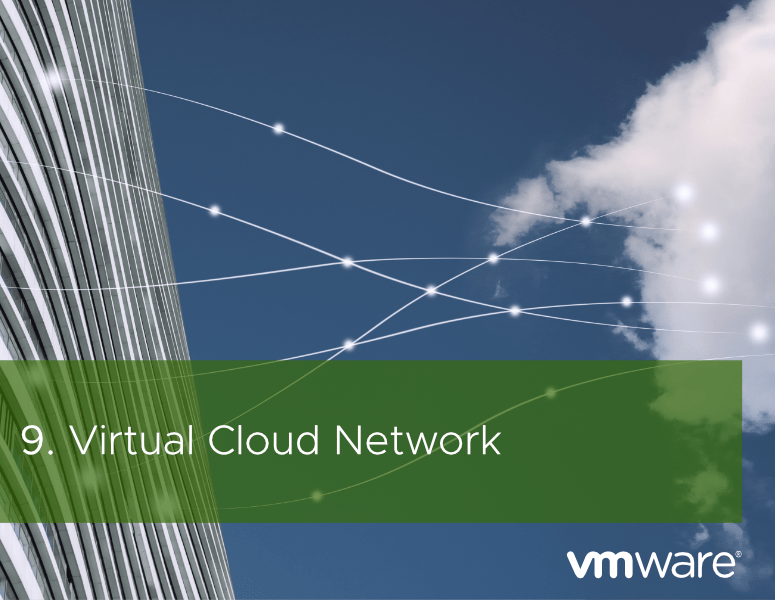Everything of value today is connected to the network. And with IoT, 5G, AI, and other emerging technologies, connections will increase by orders of magnitude. Businesses that can provide secure connectivity—and harness the data their customers are generating in a secure, fast, reliable way—will win. This is what a Virtual Cloud Network can do for your business.
From Hardware to Software
Traditional enterprise networks were built by connecting physical devices—computers, servers, routers, and switches—to each other. Once a network was set up, security solutions were bolted on at the end. Changes to the network were handled manually, leaving a wide margin for error and increasing the potential for costly outages.
The emergence of software-driven networks has challenged these existing norms. New technologies now allow for the abstraction of a network’s hardware, enabling software to run it more efficiently. Automation and programmability minimize a company’s operational complexity by replacing complicated manual tasks, enabling better scale and reliability. Today, with the advancement of software-defined networking, businesses that want to modernize their network with software open up a new set of possibilities to drive business innovation.
The majority of enterprises use or plan to use, multiple clouds to run their business. Today, everything of value is connecting to the network and new customer experiences are delivered through the cloud. Users connect not only through their desktop and laptop computers but also via mobile devices. Applications run everywhere across a company’s infrastructure; yet, many companies don’t have a clear understanding of the security and connectivity of their applications and devices across the data center, branch, cloud, and edge.
These emerging technology trends increase the complexity of enterprise security and challenge the limitations of hardware-driven networks. Networking in software creates a business fabric that securely and consistently connects a company’s data centers, carrier networks, branches, endpoints, and clouds. And it’s all done independently of the underlying network hardware.
Better in Software
Virtual networks run more efficiently and lower operational costs by automating network infrastructure functions such as maintenance, patching, and updating. They also increase uptime, improve service, and reduce costs—enabling organizations to maximize the value of their existing network hardware while creating new innovation and business opportunities.
In addition to automating data centers, companies are turning to virtualized networks to improve security. With software, security policies can be set once and deployed across the network, following applications, services, and devices wherever they go. Technologies such as micro-segmentation, which enables security around individual workloads, provide additional protection.
The amount of network traffic that moves east-west within the data center has skyrocketed and with traditional security, it’s completely unprotected. Micro-segmentation addresses that. And with software-based networks, security is built into the platform so it can protect workloads running anywhere—whether they are running in the data center, branch offices, in an AWS or Azure cloud, or even in modern app development frameworks such as Kubernetes.
A Foundation for Innovation and Growth
VMware has a unique history of providing solutions that range across any device, application, or infrastructure. Only virtual cloud networking offers a complete networking vision from the data center to the cloud and edge, all without the focus on the box.
Currently, around 10 percent of enterprise-generated data is created and processed outside a traditional centralized data center or cloud. By 2022, Gartner predicts this figure will reach 50 percent1. According to IDC, 94 percent of enterprises are expected to embrace multi-cloud in 20182.
With the Virtual Cloud Network, VMware provides the tools to manage, secure, and connect those apps to users and data, wherever they may be, which is what companies are looking for to drive the business forward.”
Learn more about what a Virtual Cloud Network can do for your business.
1Smarter With Gartner, “What Edge Computing Means for Infrastructure and Operations Leaders,” October 2017.
2IDC, “IDC's Worldwide Enterprise Networking Predictions, 2018,” DOC # US42896418, March 2018.

